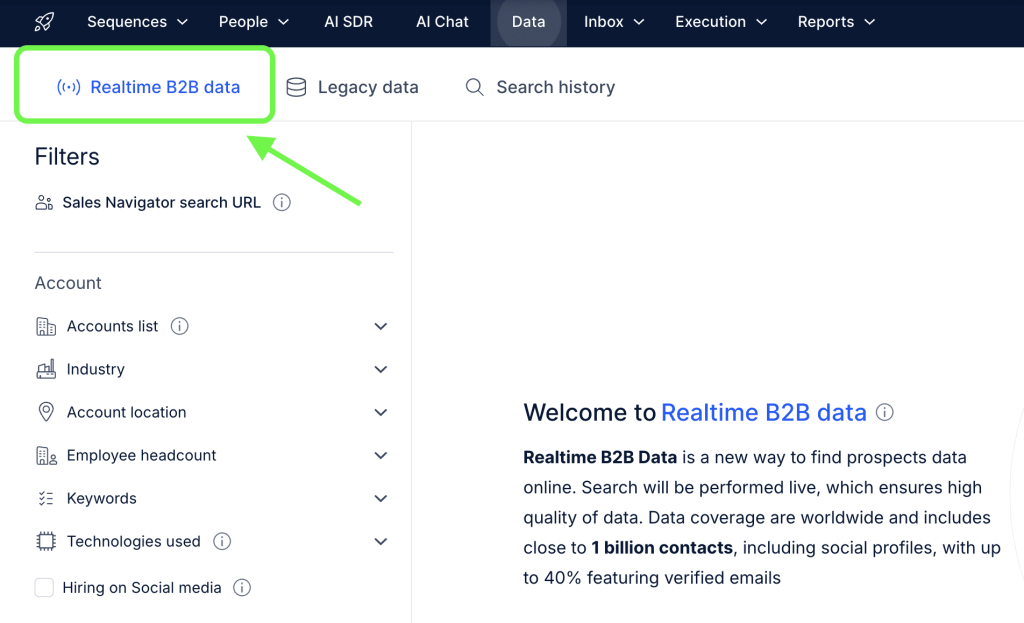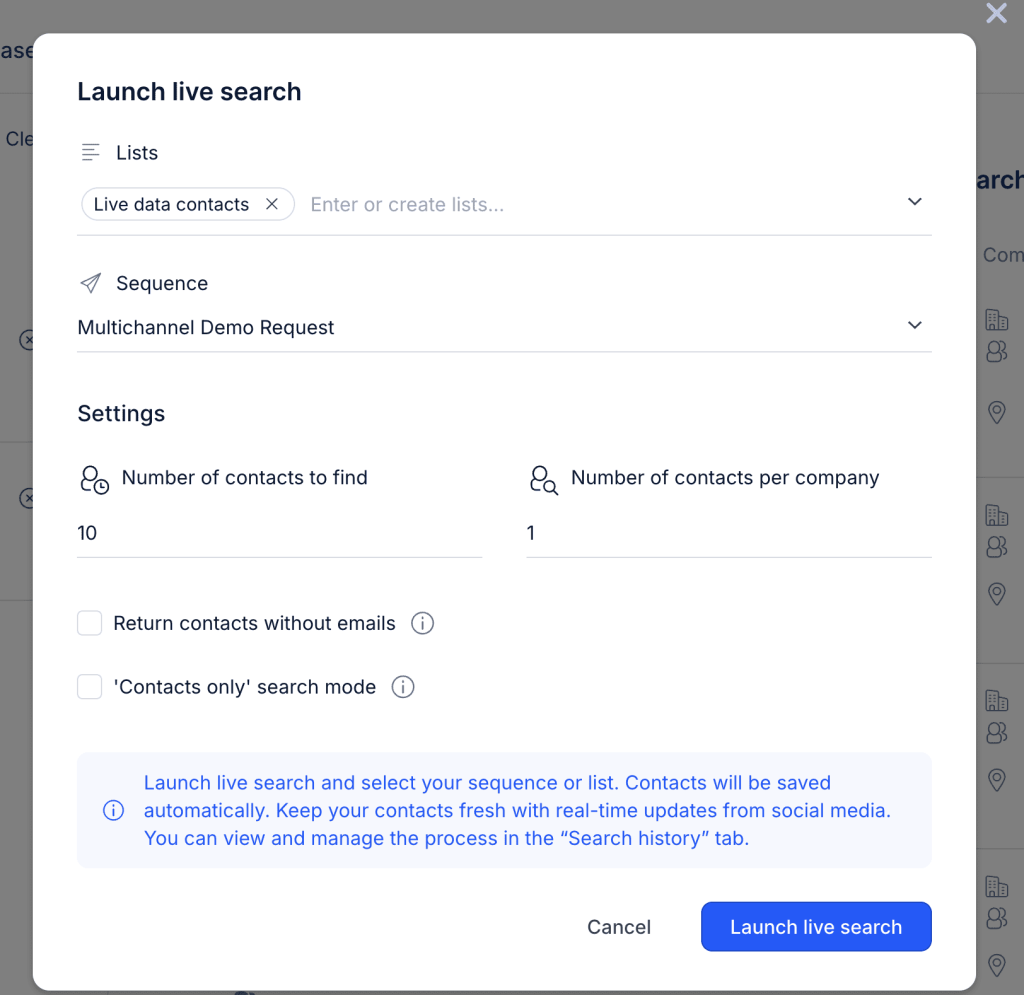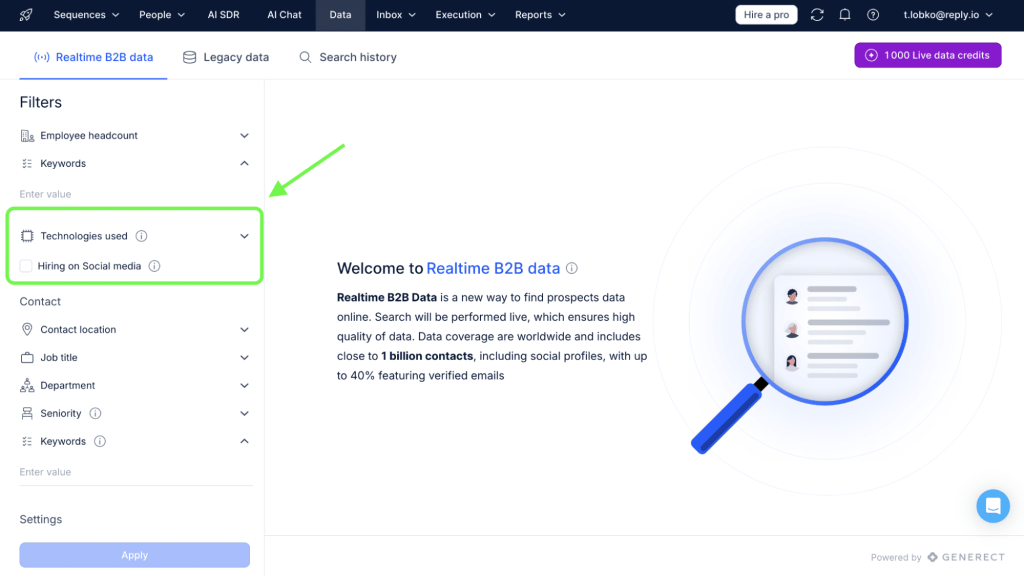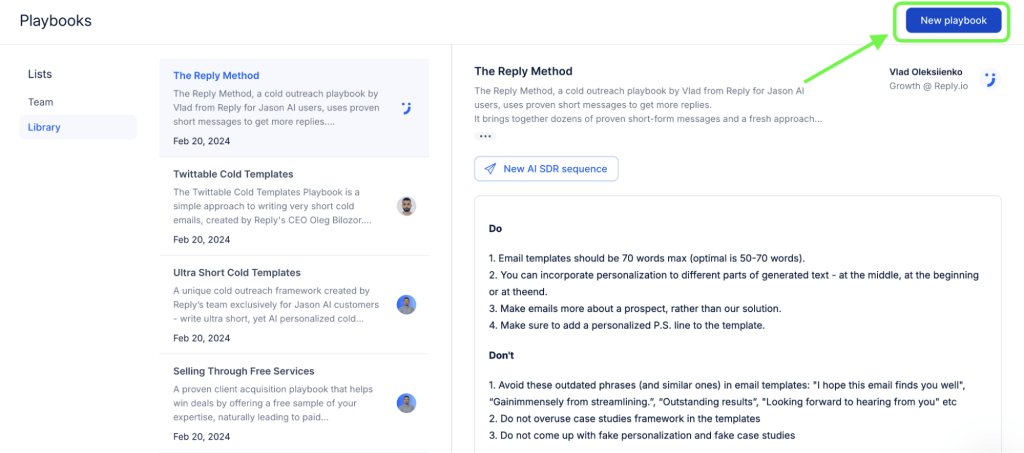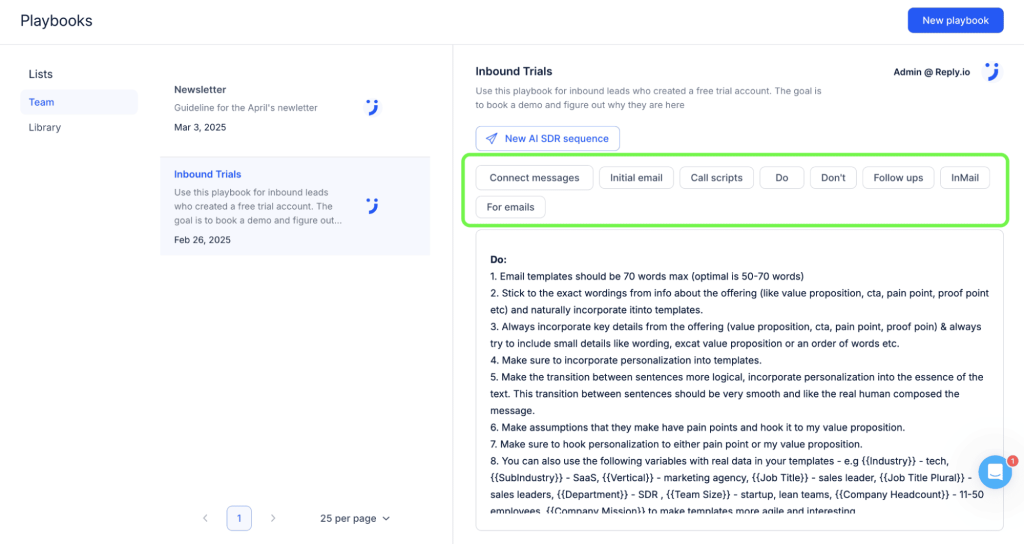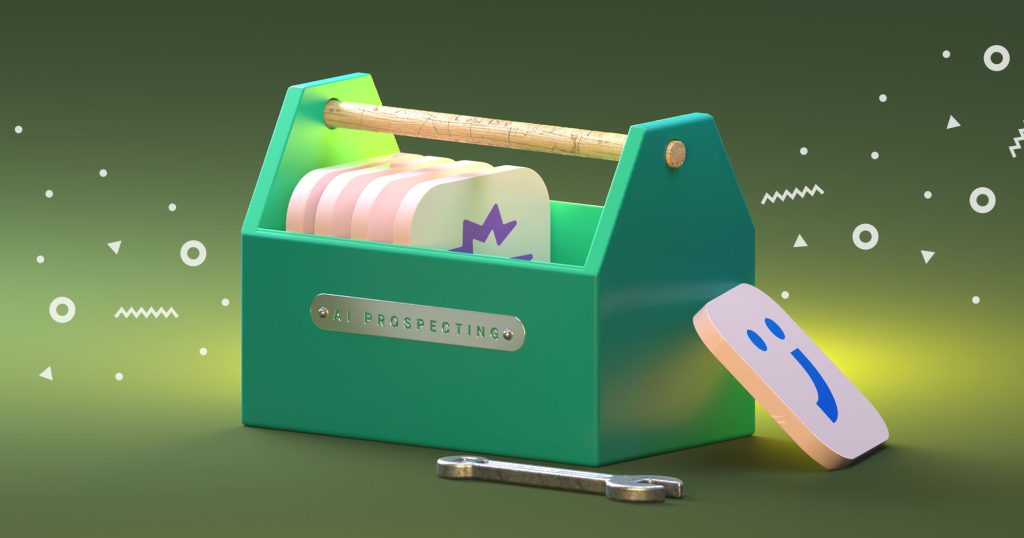Each of these plays works because they lower friction.
A trigger makes your timing relevant. A micro-story shows you’ve done this before. An asset or gift proves you’re not just asking, you’re giving. And a referral makes sure you’re talking to the right person.
And with Jason AI SDR, you’re not starting from scratch every time. Jason finds the signal, drafts the first message, builds the sequence, and even handles common replies.
That frees you up to focus on the conversations that matter most, the ones leading to meetings and deals.
Great plays only matter if people actually see them. So how do we keep deliverability on track?
How do we keep deliverability healthy?
Even the best outreach won’t work if your emails never land in the inbox. Deliverability is the foundation. If you ignore it, you’ll burn domains, tank reply rates, and waste effort.
Keeping deliverability healthy isn’t hard if you set it up right and stick to good habits.
Start with the basics of setup. Make sure you’ve got SPF, DKIM, and DMARC records in place. These authenticate your emails and prove you’re not a spammer.
Always send from a subdomain dedicated to outbound. That way, even if something goes wrong, your main domain stays safe.
Focus on sending practices. Outreach fails when teams go too hard, too fast. Instead:
- Warm up your mailbox gradually and cap early volumes.
- Keep bounce rates low and complaints close to zero.
- Verify emails before you send.
- Rotate senders as you scale.
- Prune non-openers so you don’t keep hitting dead weight.
When it comes to email content, simple wins. Stick with plain text as your foundation. Use links sparingly.
Make sure every message includes an easy, one-click opt-out. If your emails look clean and safe, providers trust them more.
Always monitor your reputation. Track where your emails land (inbox vs spam), watch your domain health, and keep an eye on blocklists. Small issues compound fast, so catching them early saves you big headaches.
Here’s where Reply.io gives you an edge. It’s not just a sequencing tool. It comes with 30+ deliverability features built in.
Think automated warm-ups, Gmail API sending, Postmaster integration, plain-text fallback, and list-unsubscribe links.
Together, these act as your “safe send” guarantee. You don’t need to juggle separate tools or guess whether you’re protected.
Deliverability isn’t one-and-done. Think of it as ongoing hygiene.
Set the right foundation, use Reply’s built-in safety nets, and stay disciplined with monitoring. That’s how you turn cold outreach from a risky shot in the dark into a consistent, reliable growth channel.
Deliverability gives us reach, but learning gives us leverage. So how do we test and adapt fast?
How do we test and learn fast from sales plays GTM?
Winning in cold outreach isn’t about guessing. It’s about running small experiments, learning fast, and doubling down on what works. The faster you test, the faster you grow.
First, define clear hypotheses for each play. Write them down: who you’re targeting, what signal you’re using, and what offer you’re making. That clarity makes results easier to read.
When you test, keep it clean. Change only one variable at a time, like the subject line or first line, and run it for 7–14 days. If you tweak everything at once, you won’t know what worked.
Reply makes this simple. It has built-in A/B testing for subject lines and full sequences.
Jason AI can even auto-adjust cadences in real time, so you can test at scale without drowning in manual setup.
Sample size matters too. Aim for at least 200–300 sends per variant when you can. Smaller numbers can mislead you.
Then track the right signals. Think of them as a funnel of leading indicators:
Delivery → Open → Reply → Positive rate → Meetings booked → Opps created
If something breaks early, like low delivery or open rates, fix that before worrying about replies.
Close the loop with weekly reviews. Look at what’s winning and what’s dragging. Top subject lines. Top first lines. Sequences to pause. Sequences to scale.
The habit of reviewing weekly keeps you from wasting time on plays that aren’t moving the needle.
Testing doesn’t have to be slow or complicated. With Reply and Jason AI, you can set it up once and let the system do the heavy lifting. Your job is just to read the signals, make smart calls, and keep moving forward.
Here’s a testing funnel you can run every week.
| Funnel stage |
What to track |
Why it matters |
| Delivery |
Inbox vs spam |
Check foundation |
| Open |
Subject lines |
Hook quality |
| Reply |
First lines |
Message clarity |
| Positive |
“Yes” rate |
Play strength |
| Meeting booked |
Conversion |
True outcome |
| Opp created |
Revenue potential |
Real ROI |
That naturally leads to experimentation. But how do you actually run tests in a structured, step-by-step way?
How do we run experiments step by step?
The fastest way to improve your cold outreach it’s running small, structured experiments. When you keep the process simple, you’ll learn quickly and scale what works without wasting time.
Here’s a step-by-step flow you can follow:
Pick one play and one ICP. Start narrow so you can isolate results.
- Draft the offer and two email variants → keep differences small to see what really moves the needle.
- Source 300–600 contacts and verify emails → clean data protects deliverability and gives you reliable results.
- Ship a 10–14 day sequence across channels → use email as the anchor, but add LinkedIn or phone for balance.
- Review leading indicators after 3 days → look at delivery, opens, and replies. Only kill if it’s clearly underperforming.
- Log objections and build micro-replies/snippets → use real responses to improve your playbook.
- Scale the winner, then introduce a new play → build momentum step by step.
With Reply, steps 2–5 don’t have to be manual. Jason AI SDR can draft offers, generate email variants, source contacts, build multichannel sequences, and monitor metrics automatically.
HotelsByDay reports saving 7 hours per rep per week this way. That’s time that goes straight back into conversations and deals.
The point of this approach is speed. You don’t need to perfect everything before you launch. Instead, test, learn, and repeat.
Each small experiment compounds into sharper messaging, stronger sequences, and more pipeline.
And finally, let’s pull it all together: how do you actually make this work in practice?
How to actually make this work? Wrap up.
Cold outreach still works in 2025. In fact, it’s one of the highest-ROI GTM levers you have if you run the right plays. The difference between getting ignored and filling your pipeline isn’t luck. It’s structure, consistency, and the right tools.
At its core, success comes down to a simple formula:
- Frameworks that keep your messaging tight and relevant.
- Automation that scales your outreach without burning reps out.
- Data that shows you who to target and when.
- Deliverability that ensures your emails actually land in inboxes.
Put those four together, and you don’t just get replies. You get meetings, opportunities, and revenue.
This is exactly why Reply.io exists. It’s not just another outreach tool.
It’s the single platform that gives you everything in one place: data, multichannel sequences, deliverability protection, and scheduling.
You don’t need to juggle five different tools or worry about gaps in your process.
And with Jason AI SDR, you get an AI teammate who runs outreach end-to-end, 24/7. From drafting offers to building sequences and handling replies, Jason removes the grunt work so you can focus on closing deals.
When you combine the right plays with the right system, outreach stops being guesswork. It becomes predictable, scalable, and worth the effort.
So, run the plays. Let AI handle the grunt work. Keep your pipeline full.

